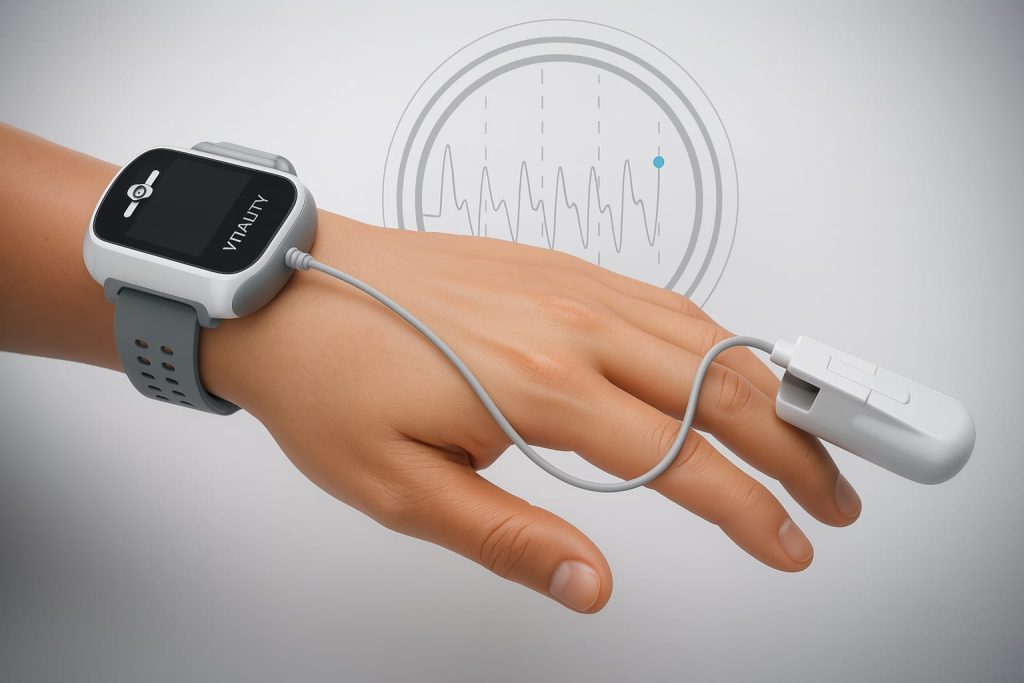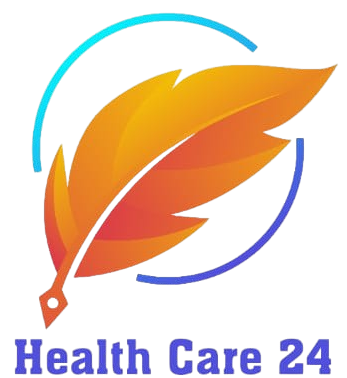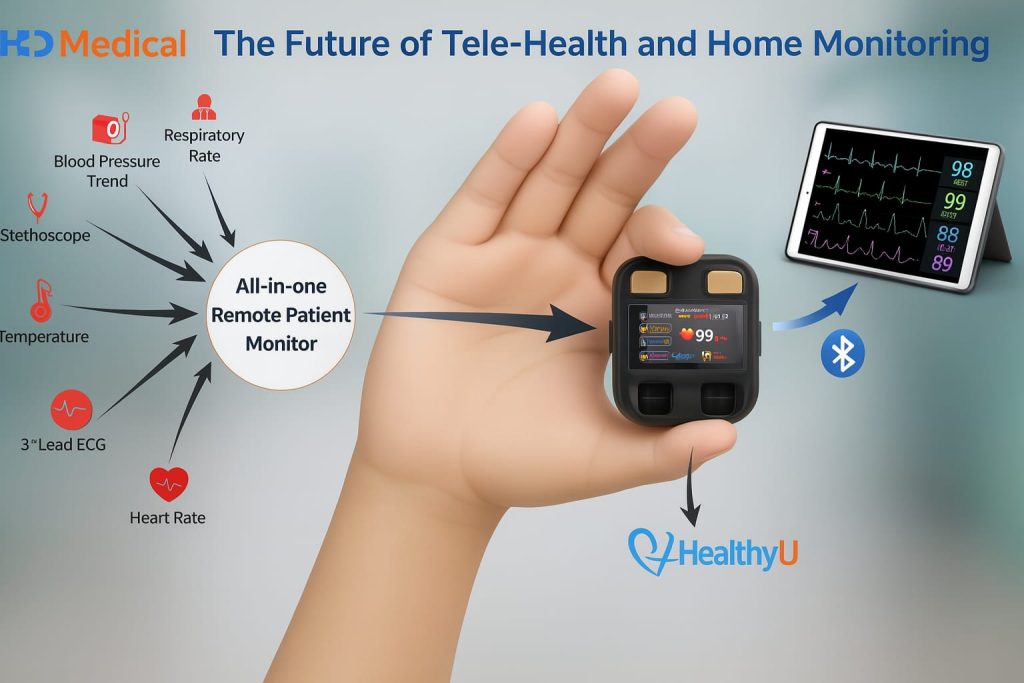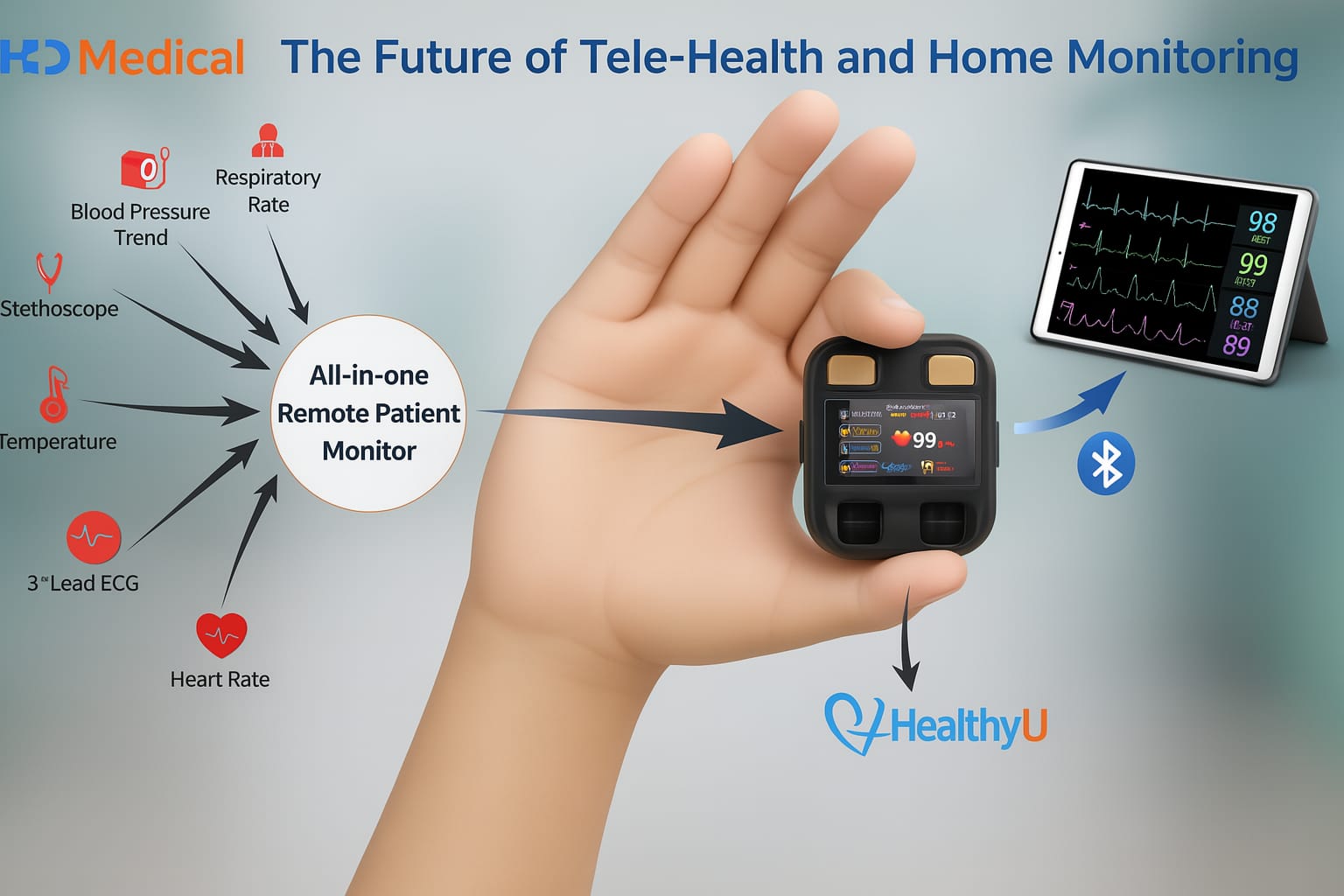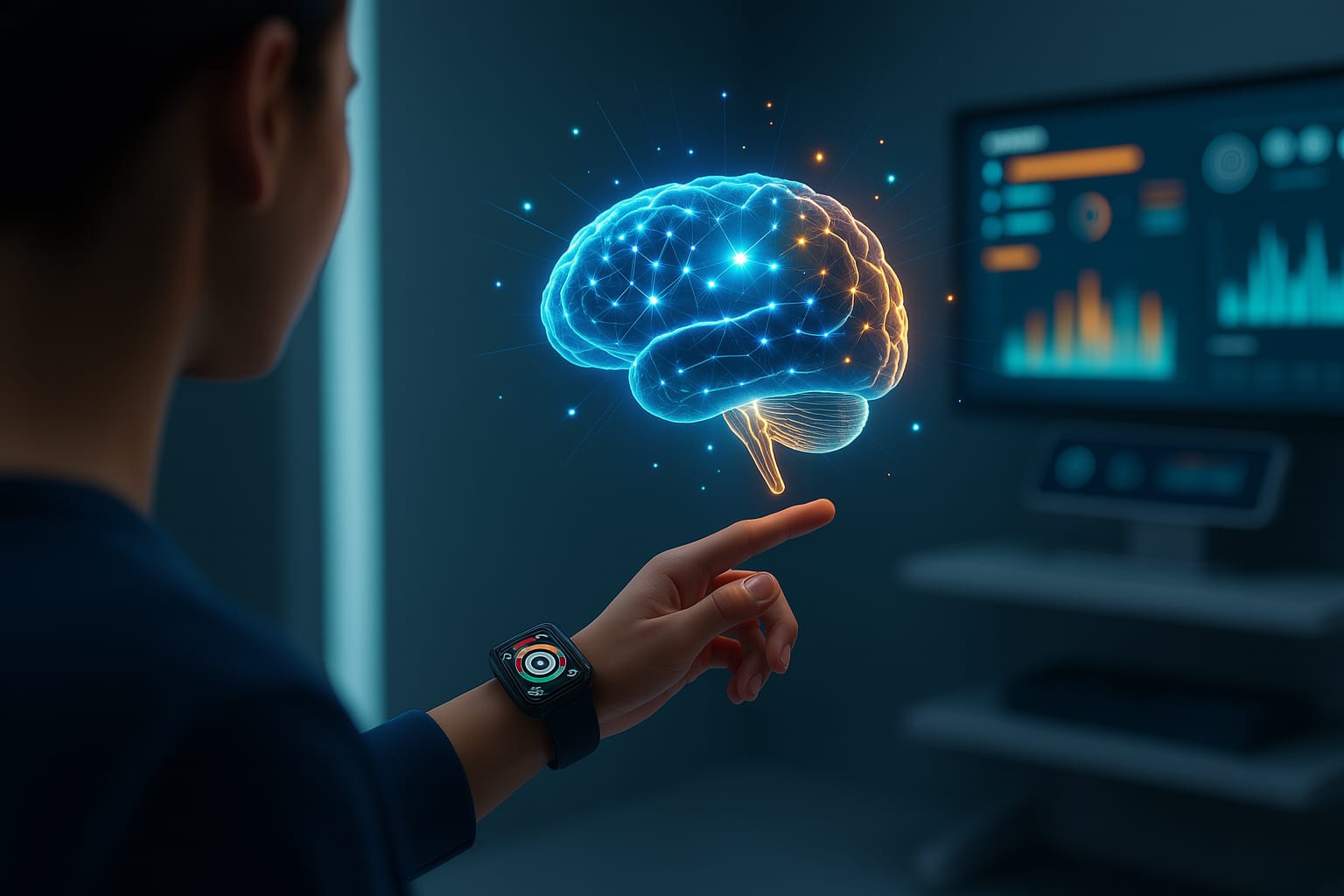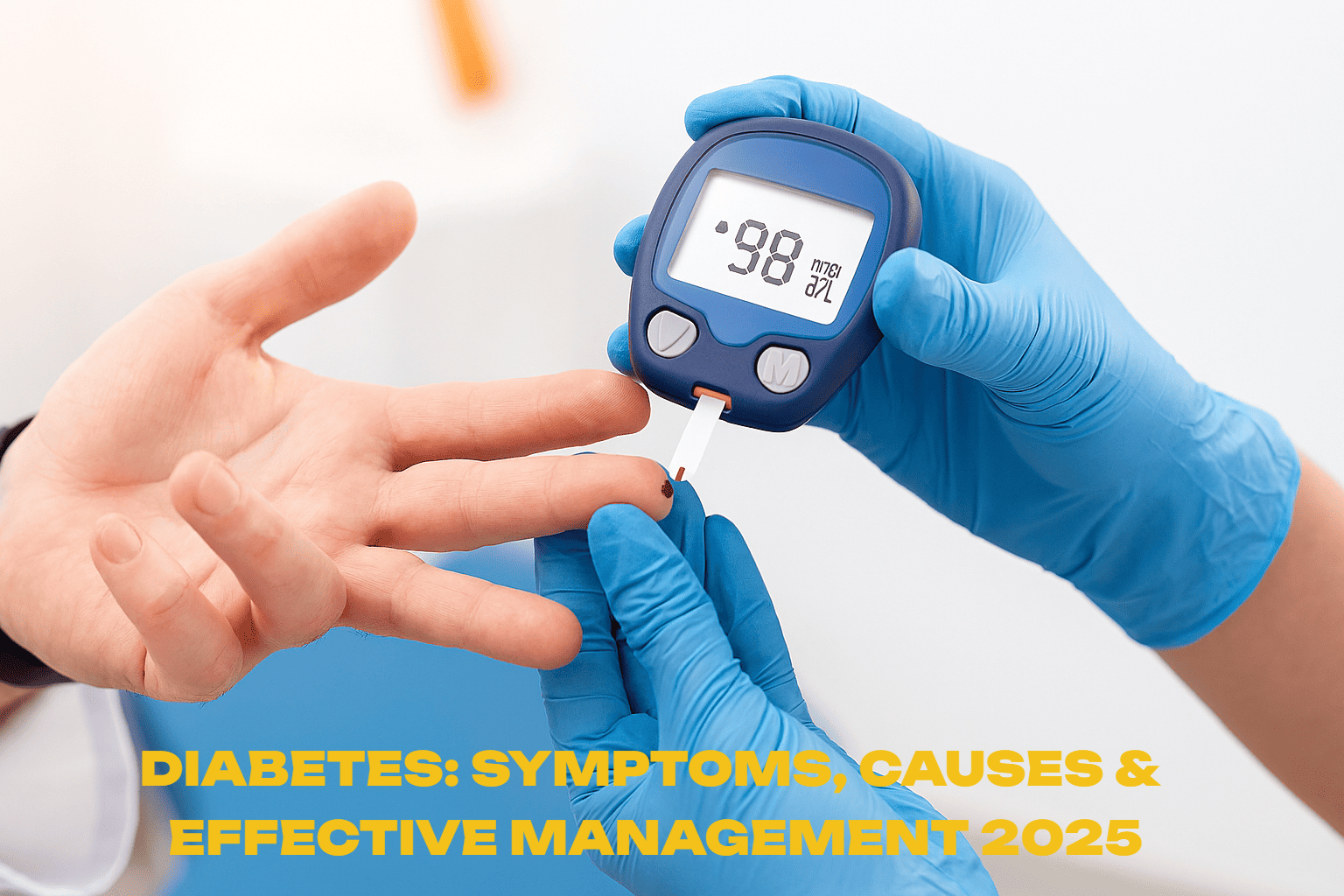The pace of healthcare transformation is faster than ever. The use of modern technology has eliminated the need for patients to visit hospitals in person. With the advent of telehealth and remote patient monitoring (RPM), doctors now have an easier time connecting with their patients. Healthcare is moving beyond the boundaries of traditional clinics and hospitals, with new technologies including online consultations for patients and wearable devices that can monitor heart rate, blood pressure, and glucose levels.
Telehealth has become essential as more than just a convenience, it will also be necessary in 2025. “. Demand for remote healthcare worldwide increased after the COVID-19 outbreak. Telehealth and RPM are poised to revolutionize the future of medicine by addressing various issues such as chronic disease management, elderly care, and rural healthcare access.
What’s Telehealth?
Telehealth is the utilization of digital technologies to deliver healthcare services from one location to another. Rather than visiting a hospital, patients can use video calls, apps, or other online tools to communicate with doctors. Telehealth includes:
Virtual doctor consultations.
Online therapy and counseling.
Digital prescriptions and medication management.
We wearable devices that enable remote patient monitoring.?
Symptom tracking mobile health apps are available.?
By utilizing the internet, time is reduced and healthcare can be more easily accessible to patients around the world. Why?
What’s Remote Patient Monitoring (RPM)?
The use of Remote Patient Monitoring (RPM) technology in telehealth allows for the monitoring of a patient’s health outside of clinical settings. Smartwatches, blood pressure monitors and glucose monitor… are devices that collect real-time data for use by healthcare providers.
Examples of RPM tools include:
. Smart watches that track heart rate and sleep patterns.
. Glucose monitors for diabetic patients.
. A blood pressure device is monitored by apps.
. Pulse oximeters are utilized to measure oxygen saturation.
. Wearable ECG monitors for heart patients.
. The use of these devices allows doctors to monitor patients continuously, identify early warning signs, and provide necessary treatment.
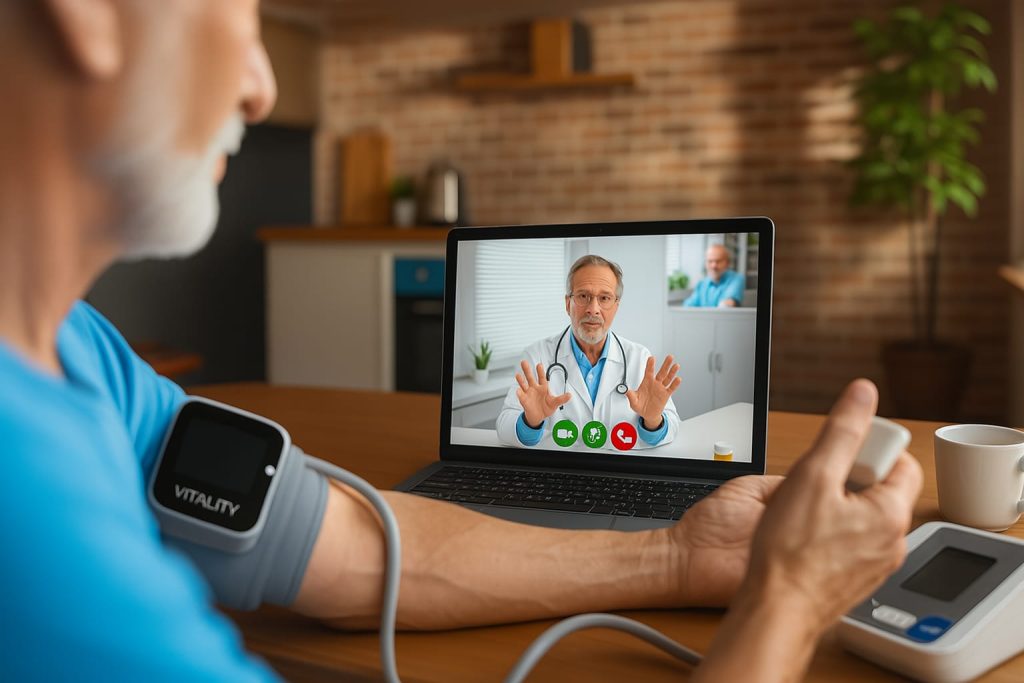
Why do experts predict an increase in Telehealth and RPM by 2025?
The rapid expansion of telehealth and RPM is due to various reasons:
Convenience for Patients.
Reduce the need for long journeys and waiting rooms.’ Doctors can be consulted by patients at home.?
Improved Access to Care.
There are no geographic restrictions on access to healthcare in rural and underserved areas.
Chronic Disease Management.
Daily monitoring of patients with diabetes, hypertension, or heart conditions is possible with the help of connected devices.
Elderly Care.
The ability of doctors to monitor aging patients remotely makes RPM an effective therapy for people as they age.
Cost Savings.
Virtual care results in a decrease in hospital visits, emergency admissions, and healthcare expenses.
Post-Pandemic Adoption.
Telehealth remains an essential and optional option for healthcare continuity, as demonstrated in COVID-19.
Benefits of Telehealth & Remote Monitoring.
24/7. Patients can access healthcare services at their convenience.
Real-time data enables doctors to detect problems early and act on them before conditions worsen.
Enhanced Patient Participation: Patients are more accountable for their health when they can keep tabs on it.
Efforts in physical visits are reduced, leading to savings for both patients and hospitals.
More patients can be treated from a distance without the need for overcrowded clinics, thanks to scaleable healthcare providers.
Global reach: A doctor in the USA or UK can consult a patient in Pakistan, India or rural Africa.?
Challenges and Limitations.
Telehealth and RPM pose certain challenges, despite their benefits: 1.
Digital divide– Smartphones and unreliable internet connections are not available to everyone.
Cyber security is necessary to safeguard patient health data, which is highly sensitive.
Lack of personal contact – Without direct contact with the doctor, some patients feel less comfortable.
Different countries have different regulations for telemedicine and digital prescriptions.
The accuracy of Wearables is improving, but they may not always provide accurate readings.
How does AI contribute to Telehealth and RPM?
Artificial Intelligence is at the forefront of digital healthcare in its evolution. BI tools can analyze vast amounts of patient data, forecast health risks, and aid doctors in making informed decisions.
Bots powered by AI can provide immediate medical advice and triage prior to seeking medical attention.
The use of AI for predictive analytics can identify early warning signs of heart attacks, stroke, or diabetes complications.
Patients and doctors receive Smart Alerts when their health readings exceed the safe range.
Based on patient history and real-time data, AI creates personalized healthcare plans.
Examples of Telehealth and RPM in practical use.
Chronic Disease Management.
Those with diabetes receive real-time readings from doctors using continuous glucose monitor devices, which enable rapid insulin adjustments.
Cardiac Care.
The wearable ECG devices are triggered by irregular heartbeats, prompting doctors to take action. This helps to reduce the risk of strokes and heart attacks.’
Mental Health.
The use of teletherapy apps allows patients to receive counseling from licensed therapists online at low cost.
Post-Surgery Monitoring.
During surgery, patients can be monitored from a distance, which lowers the chances of complications and hospitalization.eu is safe.
Elderly Care Homes.
Health trackers are worn by older adults, and staff is notified of any abnormal readings. This ensures faster medical response.
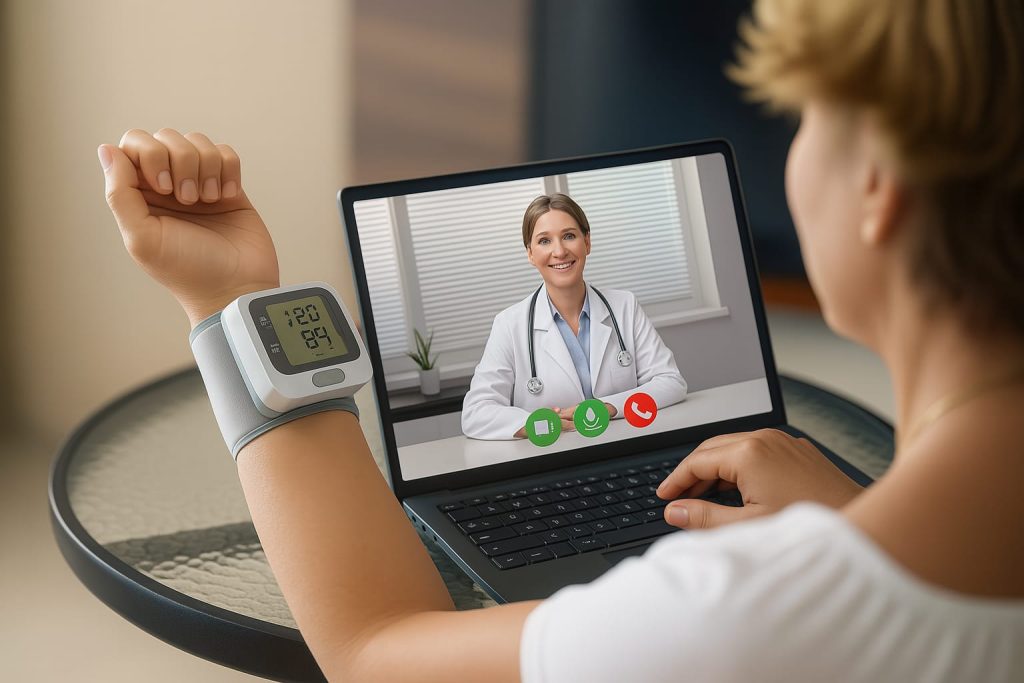
What is the outlook for Telehealth and Remote Monitoring in the future?
Digital healthcare is set to experience further development over the next ten years. Here are some future trends:
The integration of 5G Technology will enhance video consultations, resulting in faster internet speed. Enhancements:
The use of AI and IoT devices in hospitals will enable the monitoring of patients both inside and outside their facilities.
Telehealth platforms will enable patients in developing countries to receive medical attention from specialized doctors abroad.
Using Virtual Reality (VR) consultations in healthcare, doctors can examine patients with more comprehensive perspective.
The utilization of Blockchain technology for data security can boost patient confidence by ensuring secure storage of medical information.
Conclusion.
Telehealth and remote patient monitoring are not just a passing trend, but the future of healthcare. In the year 2025, patients will no longer have to endure physical hospital stays. The rise of video consultations, wearable devices and AI-powered monitoring tools have made healthcare more accessible, affordable, and patient-centric than ever before.
The benefits outweigh the challenges, including data privacy and connectivity concerns. However, there are still opportunities for improvement. Telehealth and RPM, whether used for managing chronic conditions or improving the lives of older adults, are making life better.
